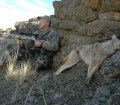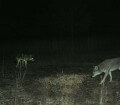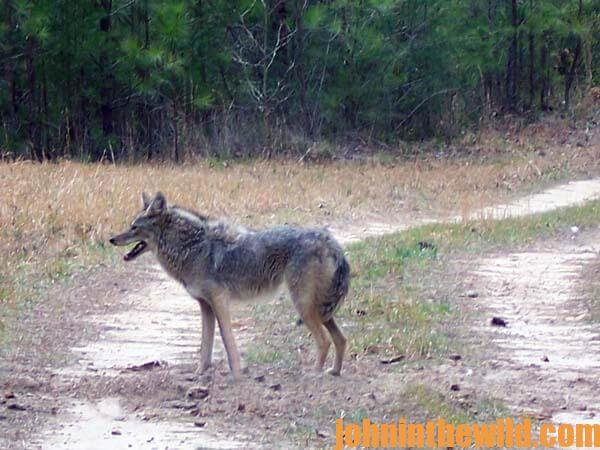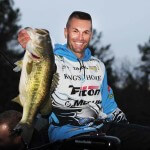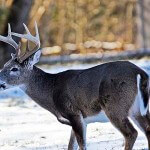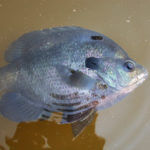John’s Note: By harvesting coyotes, foxes, bobcats, raccoons and possums, you can have more deer, turkeys, quail, pheasants, squirrels and rabbits on your hunting property. We all know the advantage of planting supplemental food plots, fruit trees, nut trees and shrubs for wildlife. We also selectively harvest our deer herds and provide minerals for deer and turkey. But one important component of managing your lands for more wildlife is reducing the number of predators on the properties. Al Morris, the host of “FOXPRO Furtakers” (http://outdoorchannel.com/foxpro-furtakers) on the Outdoor Channel, will tell us how and why harvesting predators will increase the number of game animals and songbirds on the lands you hunt. Morris, who lives in Springville, Utah, has been a predator hunter for 30+ years. Morris and his partner, Garvin Young, are the only hunters who have won the World Predator Calling Championship three times. Morris says, “I really like all the Mossy Oak patterns, since they suit all types of terrain, and I hunt all over the United States. When I’m hunting west of the Mississippi River, Mossy Oak Brush (http://www.mossyoak.com/camouflage/brush.aspx) is my favorite. In the Midwest and most of the East, I prefer Mossy Oak Break-Up Infinity (http://www.mossyoak.com/camouflage/breakupinfinity.aspx).”
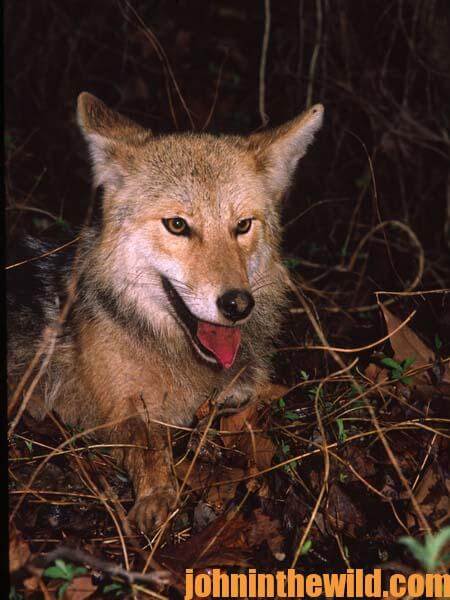 One of the advantages we have in the West is the abundance of public-hunting lands there. I can take a stand, call and take predators or not take predators in about 20 minutes. I then can move about a mile away on that same land and call again. In a day’s time, I generally never have to return to a place where I’ve already called that day. In the East, much of the land is in small plots, and you may have to get permission from several landowners to have enough area to hunt all day. Many eastern states today have more state-owned lands like WMAs and national forests where you can hunt large areas, but check the rules and regulations regarding predator hunting. Often you may have a 40-acre farm, a 300-acre farm or maybe a cattle farm with a few thousand acres to hunt. However, if you only have a piece of property 300-yards wide and 300-yards long, you still can take predators, if you choose your stand wisely and do an effective job of scouting.
One of the advantages we have in the West is the abundance of public-hunting lands there. I can take a stand, call and take predators or not take predators in about 20 minutes. I then can move about a mile away on that same land and call again. In a day’s time, I generally never have to return to a place where I’ve already called that day. In the East, much of the land is in small plots, and you may have to get permission from several landowners to have enough area to hunt all day. Many eastern states today have more state-owned lands like WMAs and national forests where you can hunt large areas, but check the rules and regulations regarding predator hunting. Often you may have a 40-acre farm, a 300-acre farm or maybe a cattle farm with a few thousand acres to hunt. However, if you only have a piece of property 300-yards wide and 300-yards long, you still can take predators, if you choose your stand wisely and do an effective job of scouting.
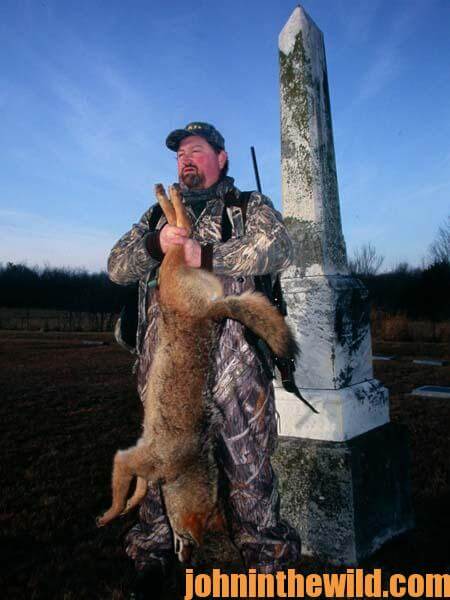 The good news is you don’t usually have to make a separate scouting trip to find predators. When you’re hunting deer, quail, pheasants or turkeys, look for predator tracks and scat (droppings). You may see coyotes and other predators while you’re in a deer or a turkey stand. Remember, the predators eats all the animals and birds we like to hunt. If you’re observant and search for predator tracks while hunting, you’ll discover productive places to call predators.
The good news is you don’t usually have to make a separate scouting trip to find predators. When you’re hunting deer, quail, pheasants or turkeys, look for predator tracks and scat (droppings). You may see coyotes and other predators while you’re in a deer or a turkey stand. Remember, the predators eats all the animals and birds we like to hunt. If you’re observant and search for predator tracks while hunting, you’ll discover productive places to call predators.
I’m reminded of a gentleman who lived in Kentucky. He only had his uncle’s 300-acre farm to hunt. While hunting deer, he would see coyotes coming through the property and shoot at them if he had the opportunity. But he said, “Al, I’ve never been able to call-in those coyotes.” For 3 years, we tried to determine why he couldn’t call those coyotes. Finally we learned this pack of coyotes only came onto his uncle’s property every 3 days. To pattern the coyotes, he used a coyote-howling sound on his FOXPRO electronic caller at night. Coyotes howled back to him, and he could pinpoint their location. Once he knew when the coyotes were on his uncle’s farm, he set-up during daylight hours, called-in a coyote and took him. Coyotes aren’t on small parcels of land every day and every night. Try to determine where the coyotes are, and what night they’re on the property, so you can hunt them the next day and have a reasonable chance of taking them.
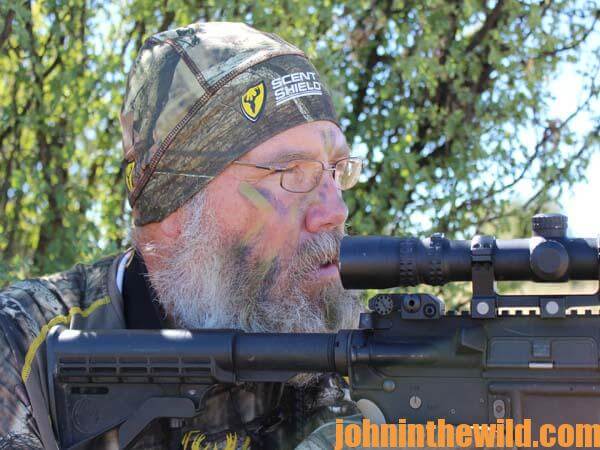 To learn more about hunting and fishing, see John E. Phillips’ eBooks and print books at www.amazon.com and www.barnesandnoble.com.
To learn more about hunting and fishing, see John E. Phillips’ eBooks and print books at www.amazon.com and www.barnesandnoble.com.

